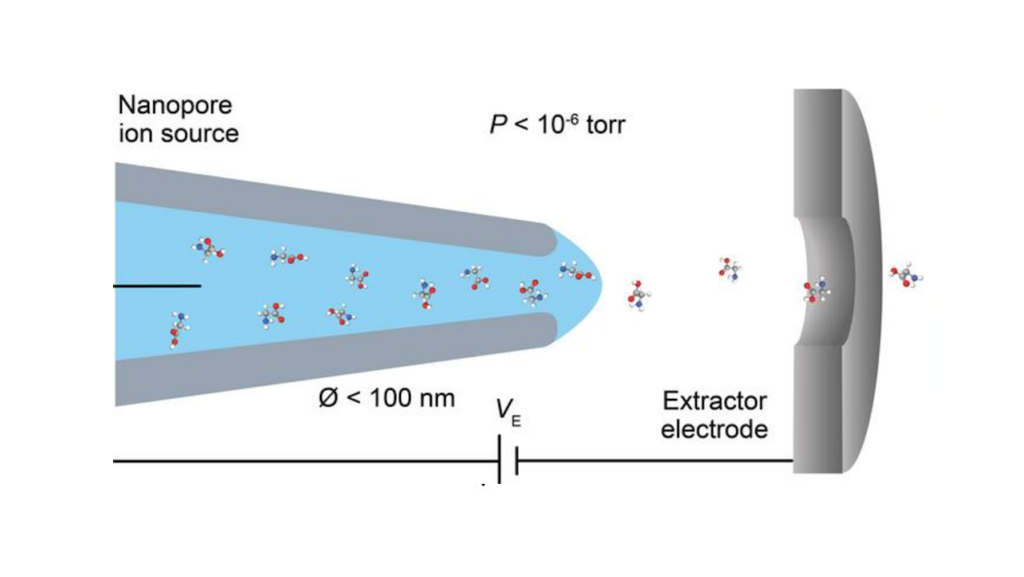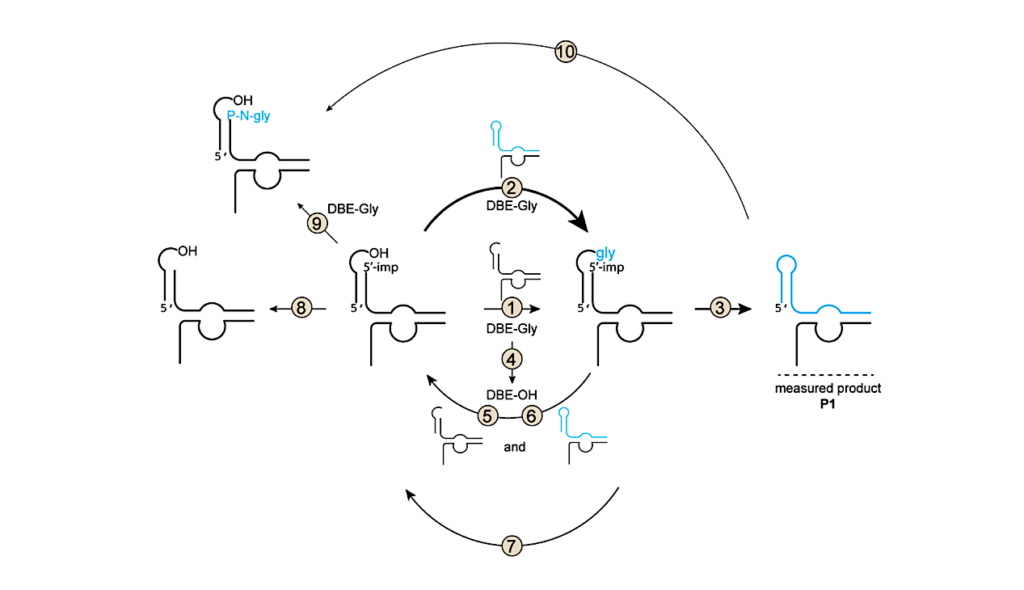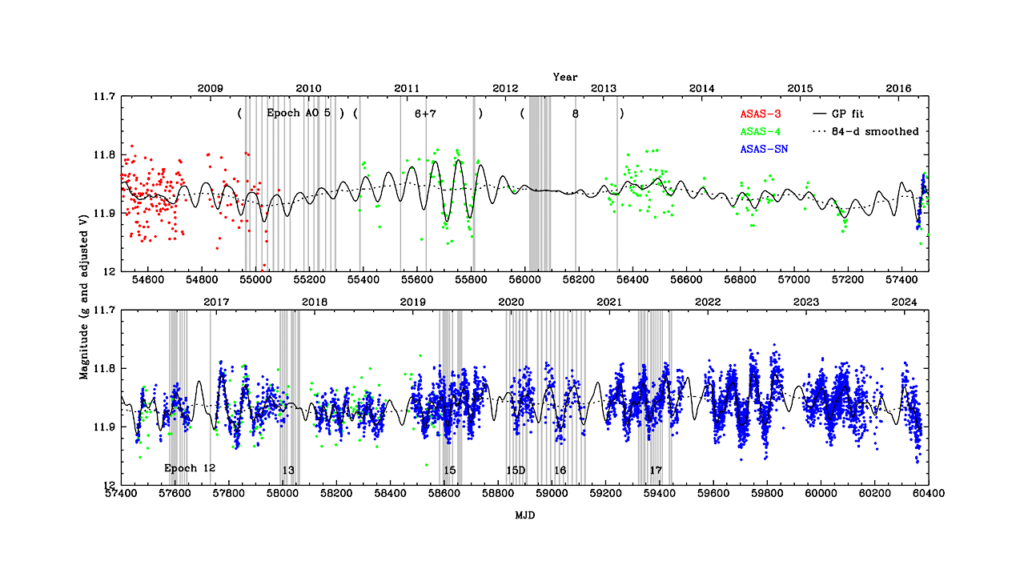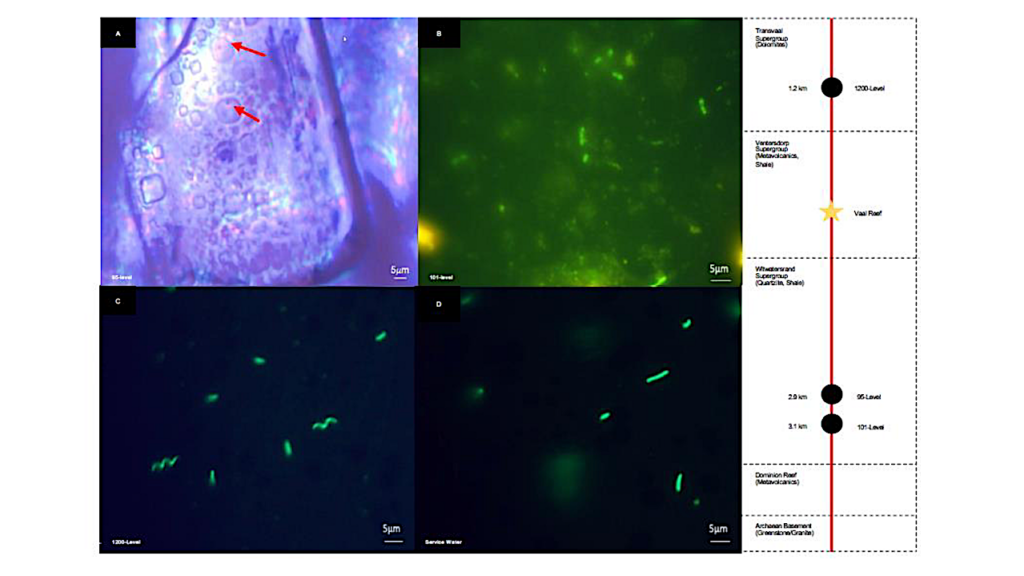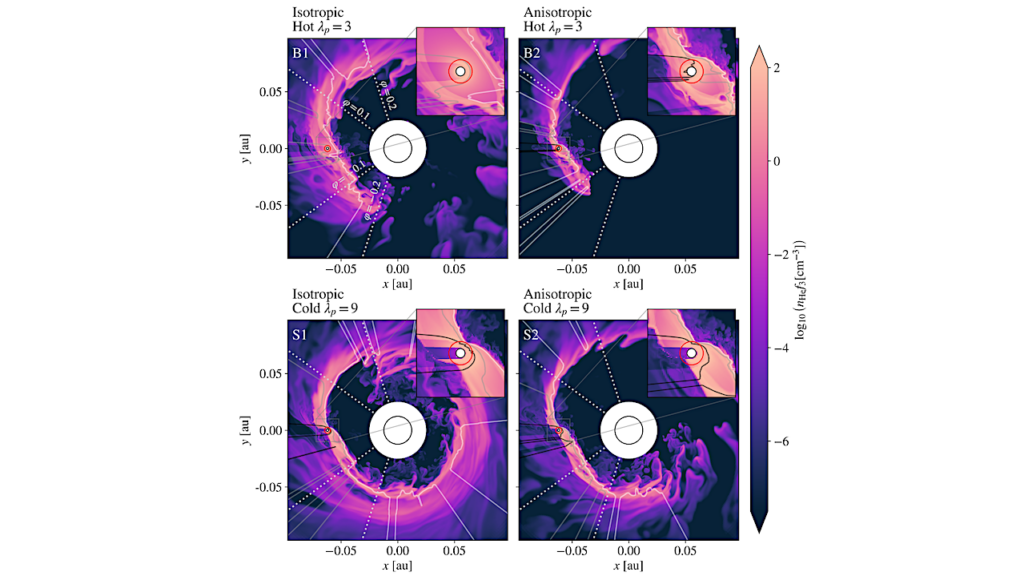Zhurong Radar Detects Buried Polygons Beneath Utopia Planitia On Mars
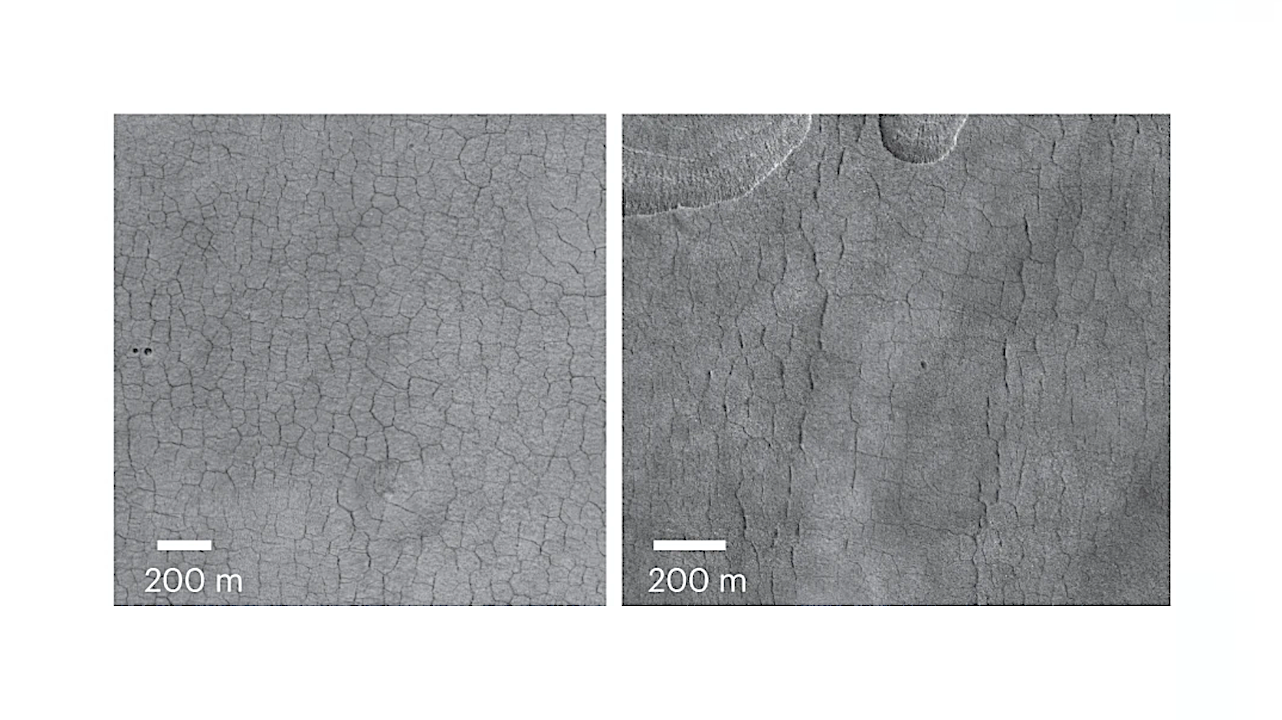
A joint research team led by the Institute of Geology and Geophysics of the Chinese Academy of Sciences (IGGCAS) has reported the discovery of buried palaeo-polygonal terrain beneath Utopia Planitia on Mars using the Zhurong rover’s radar. This finding suggests that the landing site (in southern Utopia Planitia at a latitude of ~25°N) might have been cold on ancient Mars and subsequently experienced palaeoclimatic variability.
This work was published in Nature Astronomy on Nov. 23.
The researchers employed a time-frequency analysis technique for processing planetary ground-penetrating radar data to investigate lateral variations in the subsurface structure beneath the landing site. Fortunately, 16 polygonal wedges deeper than 35 m have been identified within a distance of ~1.2 km, indicating a potentially widespread distribution of such terrain under Utopia Planitia on Mars.

(top) Time-varying average frequency of the denoised GPR profile. Green segments denote the wedges of buried polygons. (bottom) Stacked amplitude spectrum produced by summing the time-varying average frequency along each trace for depths of 35–65 m.
Based on constraints of the geometric features of the polygons and the geological background of the landing site, the identified buried polygons are interpreted as having been generated by freeze-thaw cycles.
The contrast of subsurface frequency features above and below a depth of ~35 m indicates a notable transformation of aqueous activity or thermal conditions in the Late Hesperian–Early Amazonian. This finding is remarkable as it indicates that the mid-latitudinal region experienced a cold and wet environment near the freezing point of water around the Hesperian–Amazonian transition, possibly induced by Mars’s high obliquity.
This research implies that the landing site, at low-to-mid latitudes, might have been a cold polar region on ancient Mars and subsequently experienced significant climate changes. The discovery provides a novel perspective for studying the palaeoclimatic evolution of Mars.
Buried palaeo-polygonal terrain detected underneath Utopia Planitia on Mars by the Zhurong radar, Nature Astronomy (open access)
Astrobiology


